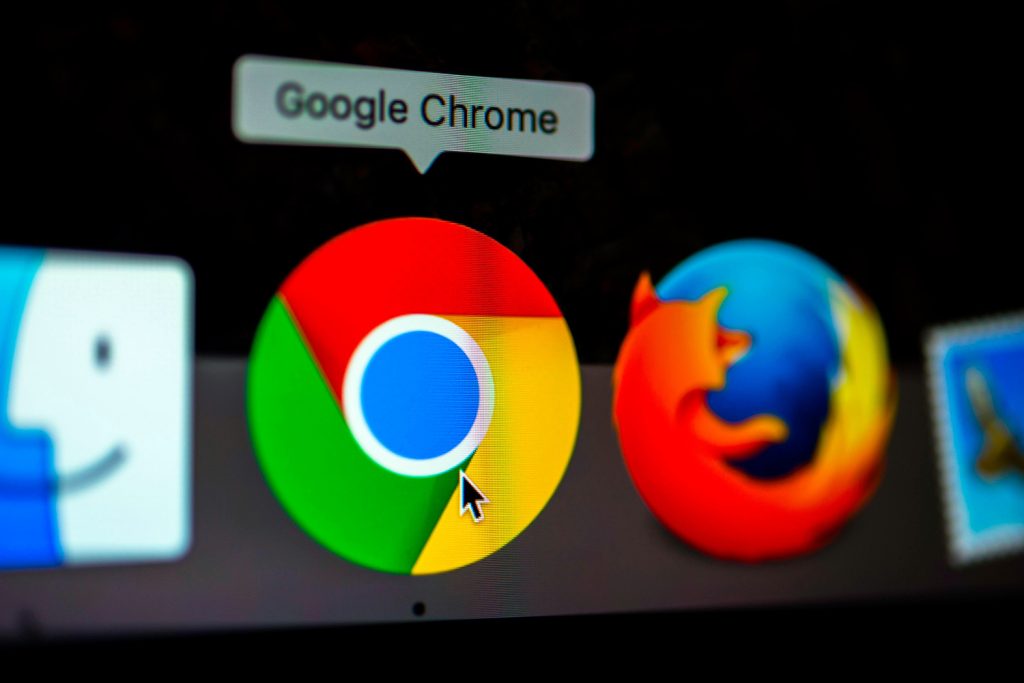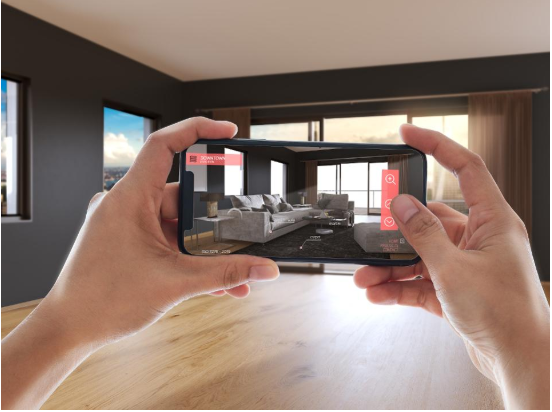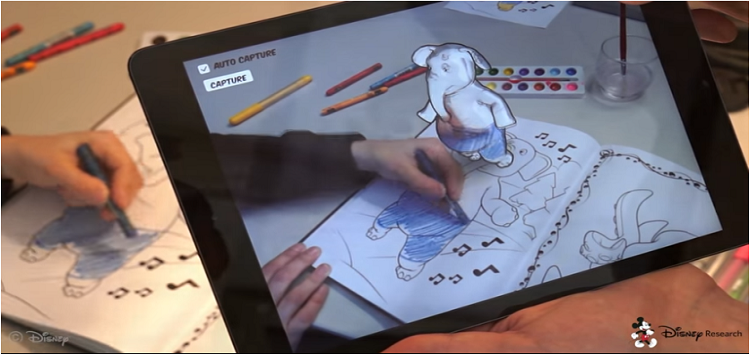Google has added a new update to its browser, Chrome 81 beta for Android, Linux, Mac and Windows. The new Google Chrome update is a support for browser-based augmented reality (AR).


This new feature will enable Chrome users to enjoy the amazing features engineered by AR on web platforms without the use of third-party apps or software.
The increasing use of AR
Augmented reality (AR) may sound like something from a sci-fi movie or tech convention, but you most probably have come in contact or seen it at work without knowing what it’s called.


If you have tried using Snapchat filters, posted Instagram stories revealing your inner Disney character or you have seen an advertisement that looked so lifelike it gets you double-checking to see if its real, then you have experienced AR.
If it looks real but seems impossible then its probably AR
AR is basically overlaying virtual animated objects like cars and animals onto real-world surroundings so that it appears realistic. An example is the PepsiCo animal used to prank commuters with an AR-enabled bus stop display.
With the new Chrome update, users will be able to automatically view AR-enabled contents on websites without the aid of third-party apps or softwares.
AR as a tool for advertisement
When it comes to advertisements, AR is one technology that has been redefining the field. AR covers a user’s view of the real world with life-like animations or objects and enhances it with sound, touch, and even smell.
This engages customer attention by immersing them in the brand that is being advertised.


It also helps customers personalize a purchase by giving them the ability to see how the items will look in their homes. This advantage makes it one of the major highlights for advertisement in the coming years.
The new Chrome give developers direct access AR on web
Enabling AR on Web usually requires the use of third-party apps or software. But with the latest chrome update, Google has enabled two API’s to allow developers automatic access to AR content on the browser.
The underlying framework had been present before with Chrome 79, but the latest Chrome is now making the required enabling flags available to Chrome users once a developer adds it to a website.
The first API’s WebXR Device API will support augmented reality. While WebXR Hit Test API will allow for placing objects in a real-world view.
Also, Chrome added Web NFC (Near Field Communications) for mobile users. If you have ever swiped in a card to grant you access to a hotel room or office space, then you have used NFC.
This addition will allow developers to read and write to NFC tags. This could allow you to learn more about a museum piece or check into a conference without needing a particular software.


The new update, however, removed support for the ageing TLS 1.0 and 1.1 protocols that secure HTTPS traffic. The protocol was initially depreciated in Chrome 72 but with this latest version, it has been removed completely. So, any websites still using those protocols will now be labelled as insecure.
As an alternative, Google has advised developers to use TLS 1.3 which includes a backwards-compatible hardening measure to increase protection on their website.







